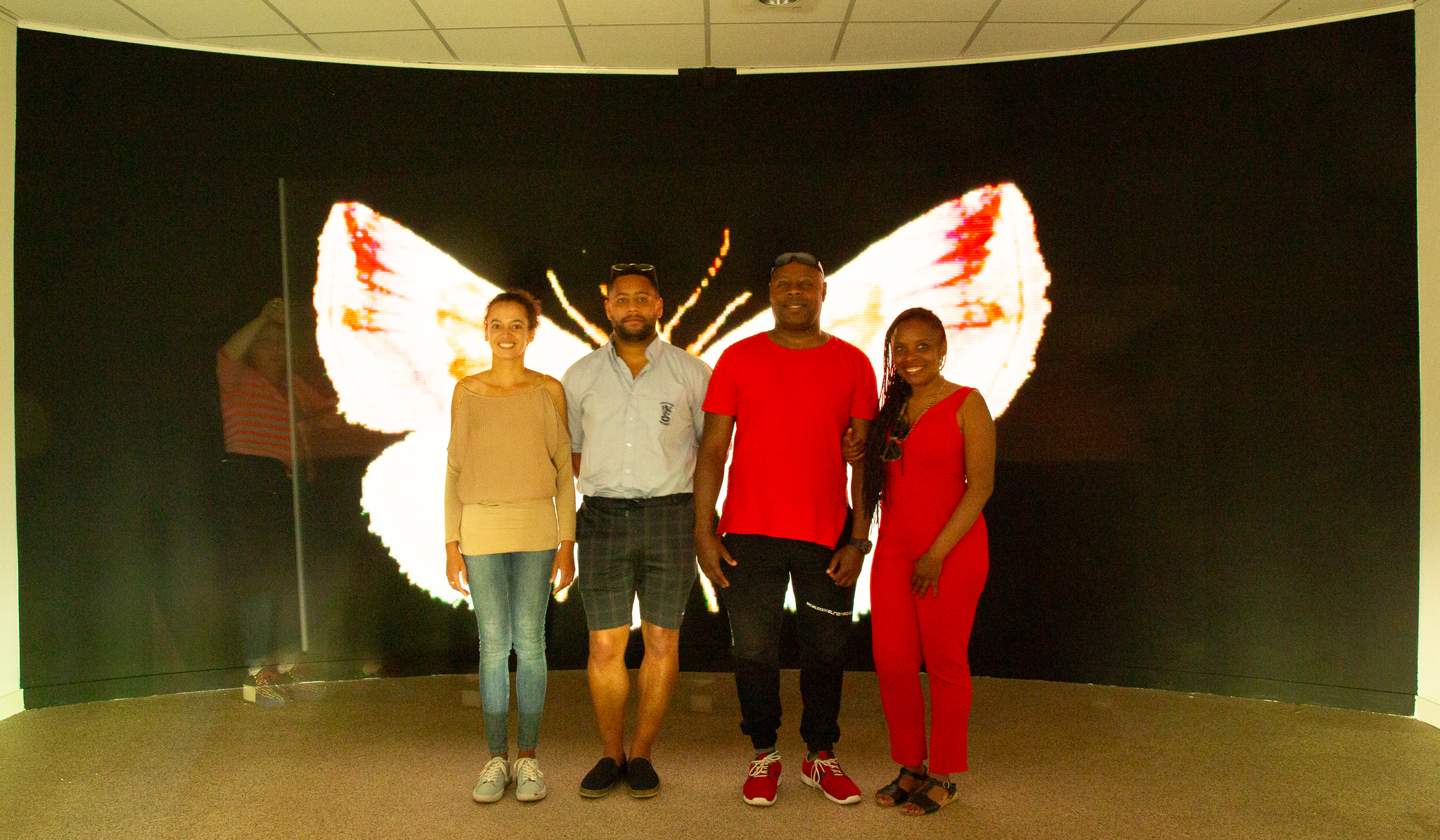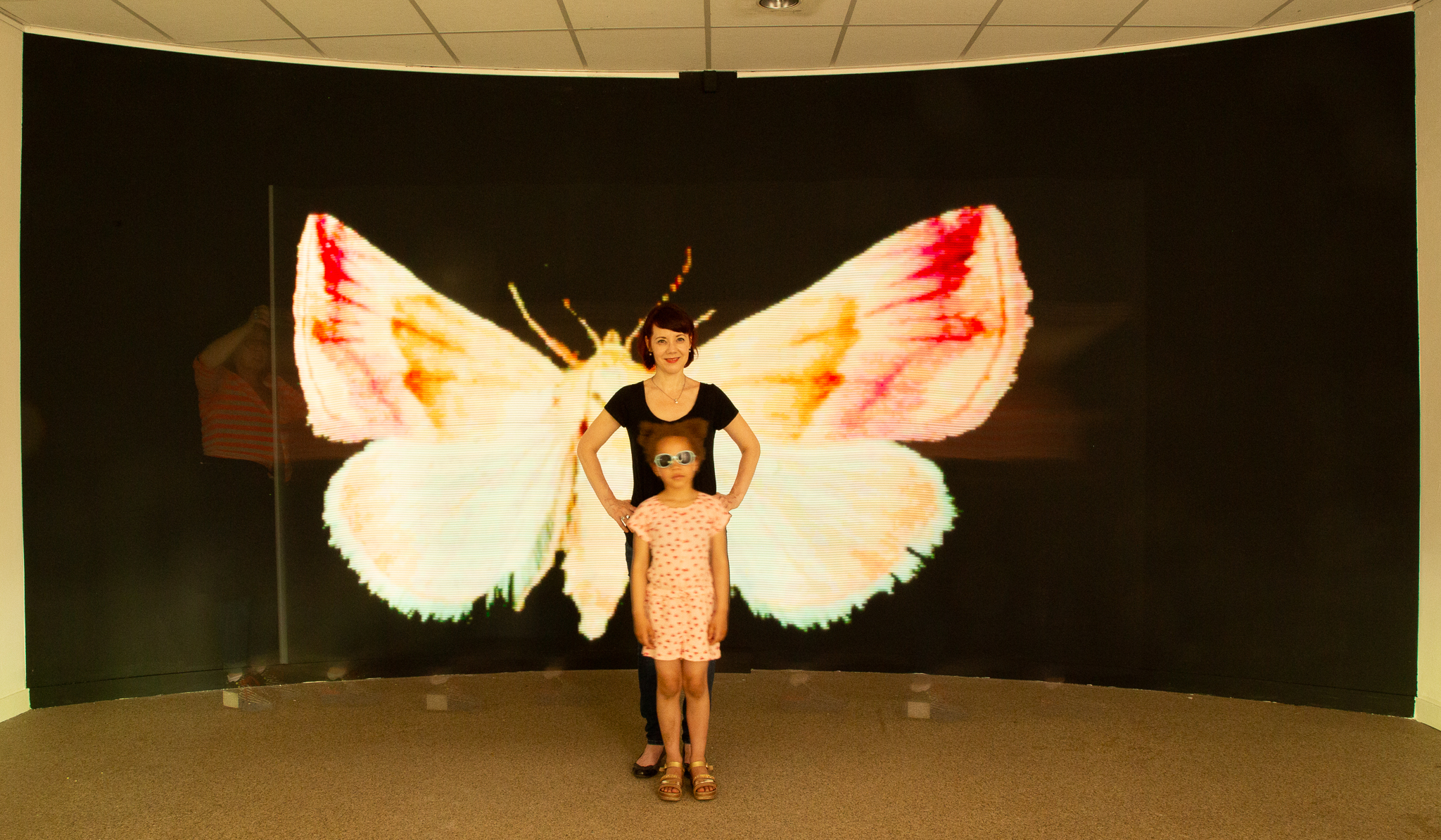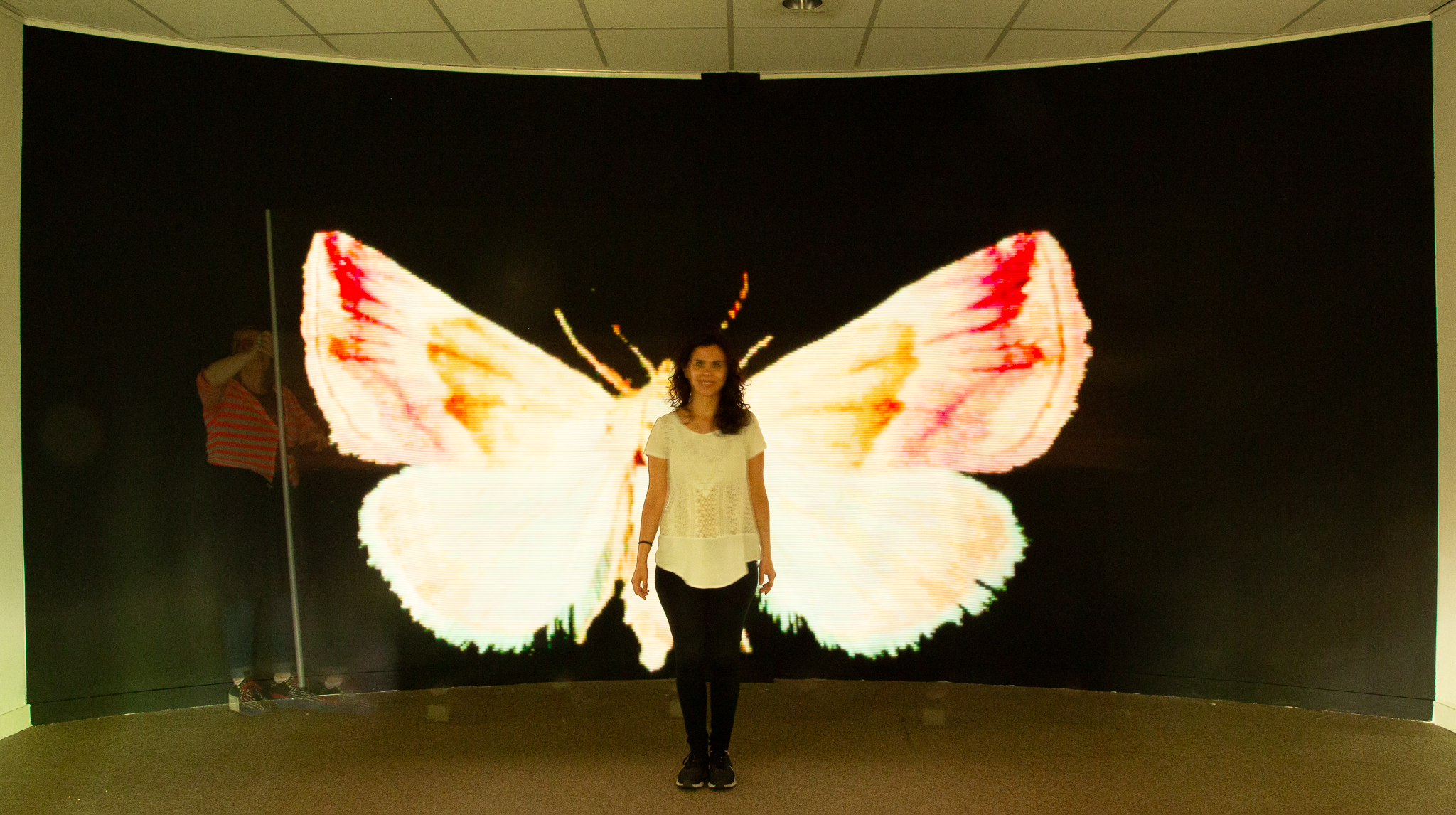World Biodiversity Forum
Sensational Nocturnal Ecologies addresses the ecological impact of anthropogenic noise on biodiverse nocturnal landscapes in Europe (Briolat, Kunc/Schmidt). We focus on the impact of artificial LED light (light emitting diodes) that interfere with multispecies habitats and ecosystems. We draw on artistic and scientific perspectives to propose new public engagement strategies. We will present two elements; 1) an oral presentation drawing on research into moths declines led by artists with scientific reflections; 2) live production of images for a social media campaign during the World Biodiversity Forum to support protection of nocturnal species and habitats.
The presentation of nocturnal fieldwork from an urban park by artists Tina O’Connell and Neal White in Amsterdam will link with the insights from Dr Emmanuelle Briolat and the Exeter Visual Ecology team. Together we ask; ‘What is needed to transform scientific insights into attitudinal or behavioural change in nocturnal environments? What can we learn from multisensory research (Eardley) that situates persons with disability gain (including visual impairment and blindness) as co-researchers in visual cultural contexts? We will share our aims for a deeper public understanding of visual ecology and relationships with nocturnal cohabitants to quieten the anthropogenic noise now becoming ‘omnipresent in aquatic and terrestrial ecosysytems’. (WHO).
Image from a proposed campaign to highlight the plight of moths in Netherlands, Amstelpark 2022. Supported by Mondriaan Foundation and commissioned by zone2source. © Tina O’Connell and Neal White 2022
Images were made in near darkness, the natural habitat of moths. They were created using a camera with an open shutter and a tool called a pixelstick that paints with light behind the subject. Each moth was selected from the Natural History Museum database as a species under threat. These mages were produced with visitors but only shared with the person in the image, who could then share online. They were not shared by us on social media except for the one below. We would aim to undertake a similar project at the World Biodiversity Forum using social media throughout the event with visitors, audience members and speakers with capacity to collect consent.
![]()
![]()
![]()
![]()
![]()
![]()
![]()
![]()
![]()
![]()
![]()
![]()
![]()
![]()
Permissions granted by participants were limited to this event for the images on this slider, so please do not use images for publicity without further communication with Tina O’Connell and Neal White. Image above is usable subject to ©O’Connell & White.
Session Title: ARTSCI_24.1 Reflections, Intersections
& Connections – Showcases of art-based expressions of nature-human
relationships towards sustainable futures
Abstract title:
Sensational Nocturnal Ecologies; Anthropogenic noise and
nocturnal ecologies.
Abstract
Sensational Nocturnal Ecologies addresses the ecological impact of anthropogenic noise on biodiverse nocturnal landscapes in Europe (Briolat, Kunc/Schmidt). We focus on the impact of artificial LED light (light emitting diodes) that interfere with multispecies habitats and ecosystems. We draw on artistic and scientific perspectives to propose new public engagement strategies. We will present two elements; 1) an oral presentation drawing on research into moths declines led by artists with scientific reflections; 2) live production of images for a social media campaign during the World Biodiversity Forum to support protection of nocturnal species and habitats.
The presentation of nocturnal fieldwork from an urban park by artists Tina O’Connell and Neal White in Amsterdam will link with the insights from Dr Emmanuelle Briolat and the Exeter Visual Ecology team. Together we ask; ‘What is needed to transform scientific insights into attitudinal or behavioural change in nocturnal environments? What can we learn from multisensory research (Eardley) that situates persons with disability gain (including visual impairment and blindness) as co-researchers in visual cultural contexts? We will share our aims for a deeper public understanding of visual ecology and relationships with nocturnal cohabitants to quieten the anthropogenic noise now becoming ‘omnipresent in aquatic and terrestrial ecosysytems’. (WHO).
Image from a proposed campaign to highlight the plight of moths in Netherlands, Amstelpark 2022. Supported by Mondriaan Foundation and commissioned by zone2source. © Tina O’Connell and Neal White 2022
Images were made in near darkness, the natural habitat of moths. They were created using a camera with an open shutter and a tool called a pixelstick that paints with light behind the subject. Each moth was selected from the Natural History Museum database as a species under threat. These mages were produced with visitors but only shared with the person in the image, who could then share online. They were not shared by us on social media except for the one below. We would aim to undertake a similar project at the World Biodiversity Forum using social media throughout the event with visitors, audience members and speakers with capacity to collect consent.














Permissions granted by participants were limited to this event for the images on this slider, so please do not use images for publicity without further communication with Tina O’Connell and Neal White. Image above is usable subject to ©O’Connell & White.